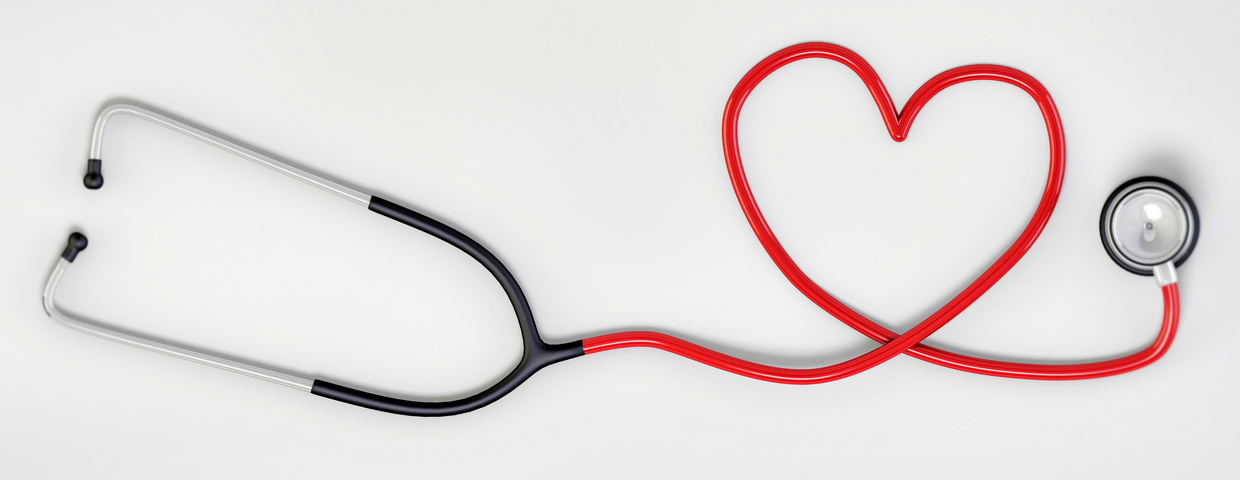
About the Heart
The heart is a muscle, about the size of a fist, that is responsible for pumping blood throughout your body. It’s made up of four chambers and four valves that direct blood throughout the rest of the body. Just like the rest of your body, your heart needs oxygen and nutrients to function. It has its own arteries and vessels to transport this oxygen and nutrients. The two major blood vessels are the right coronary artery and the left main coronary artery, which divide into many branches to supply blood all over the heart.
Coronary Artery Disease
The most common heart disease in the country, coronary artery disease occurs when blood flow to the heart is limited. Blood flow decreases to the heart when atherosclerosis (hardening of the arteries) causes fatty deposits called plaque to build up on the inside of blood vessels, blocking blood flow. The lack of oxygen from the decreased blood causes chest pain or in cases of complete blockage, death of a heart muscle (heart attack). High blood pressure, smoking, high cholesterol levels, and diabetes are all major risk factors for coronary artery disease.
Coronary Artery Bypass Surgery
In events of extreme blockages to the coronary artery, coronary bypass surgery can be done to restore blood flow to the heart. To do this surgery, the surgeon must divide the breastbone to access the heart. Using a segment of vein from the leg, the doctor will build a detour around the heart blockage. While this surgery is performed, the heart needs to be in a resting state, so a device known as the heart/lung machine takes over pumping blood while the heart surgery is performed. The operation takes three to five hours after which the patient is closed. Sewing the sternum and breastbone back together leaves the patient with a wound that needs extra care to prevent tearing or agitation. That’s where Heart Hugger comes in!
Heart Valve Surgery
In some cases, the valves of the heart are in need of repair. Damage to the valves can occur from birth defects, rheumatic fever, age, infection and other causes that can impair the valve’s ability to open and close properly. When the valves do not work correctly in the heart, the heart has to work harder to pump blood which can result in trouble breathing, leg swelling, or heart failure. Often, heart surgery is needed to repair the damaged valves, which are replaced with either tissue or a mechanical valve. In valve repair surgery, the breastbone is divided and the patient is hooked up to the heart/lung machine so the heart can be in a resting state during the procedure.
Lifestyle Choices
Taking care of your heart involves making good lifestyle choices. This means eating a balanced diet, avoiding smoking, and reducing drinking alcohol. When it comes to diet, here are some tips for a heart-healthy diet from the American Heart Association:
- Do not eat egg yolks more than three times per week
- Select low-fat dairy options including skim milk, frozen yogurt, or sherbert
- Avoid saturated fats found in many kinds of oils and margarine
- Use lean meats such as fish or white meat chicken for most of your dishes and reduce portions of beef, lamb, and pork
- Reduce salt by avoiding foods with high salt content and substituting in other healthier herbs such as chives, basil, parsley, garlic, and lemon
- Avoid weight gain above your normal weight
In addition to healthy diet choices, be sure to avoid smoking, which reduces the amount of oxygen that makes it to your heart. Also, avoid beverages with high amounts of caffeine, which can put a strain on the heart. Limit the amount of alcohol you consume and check medications before combining alcohol with any meds.
To discuss sternal support options,
